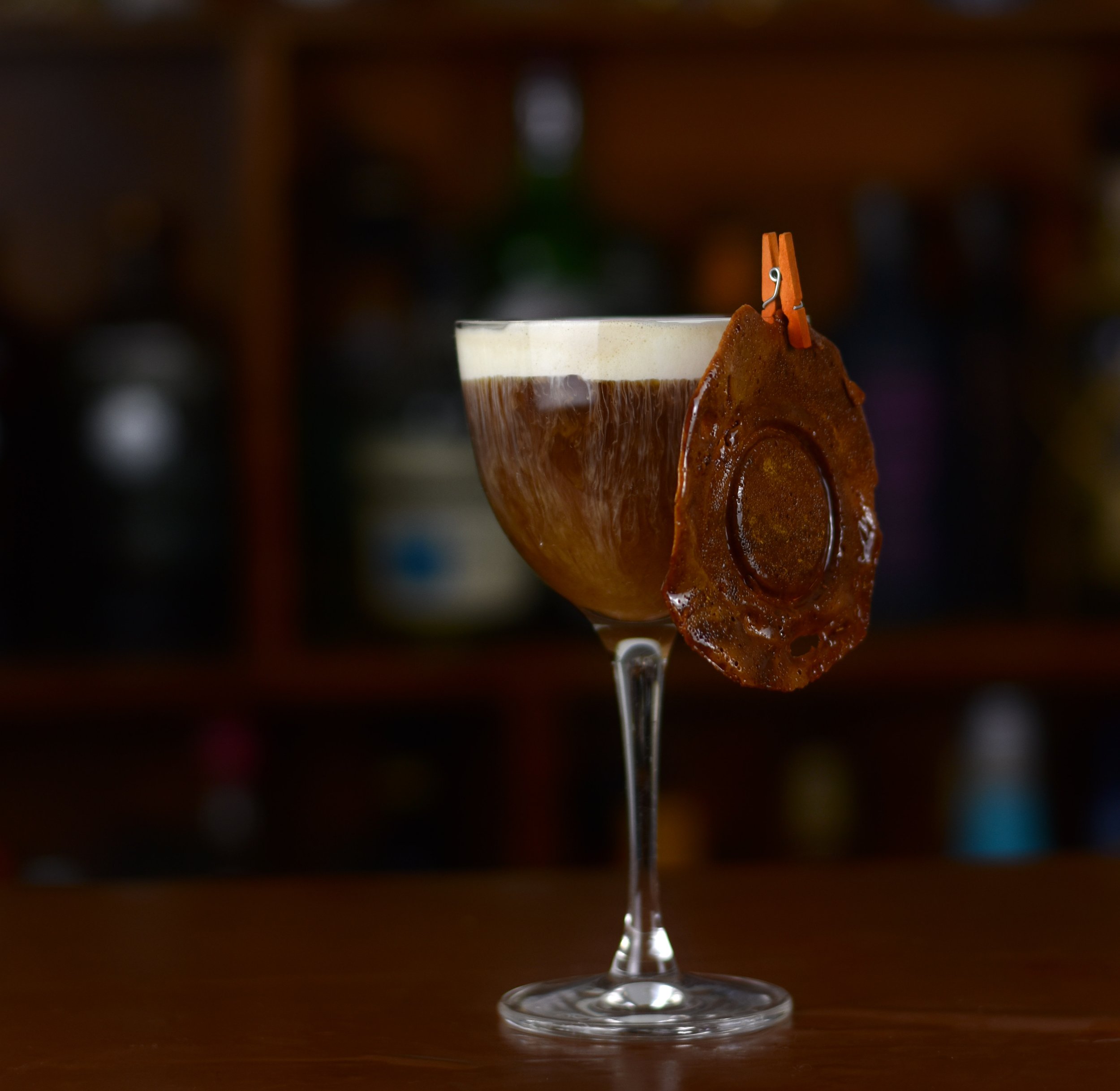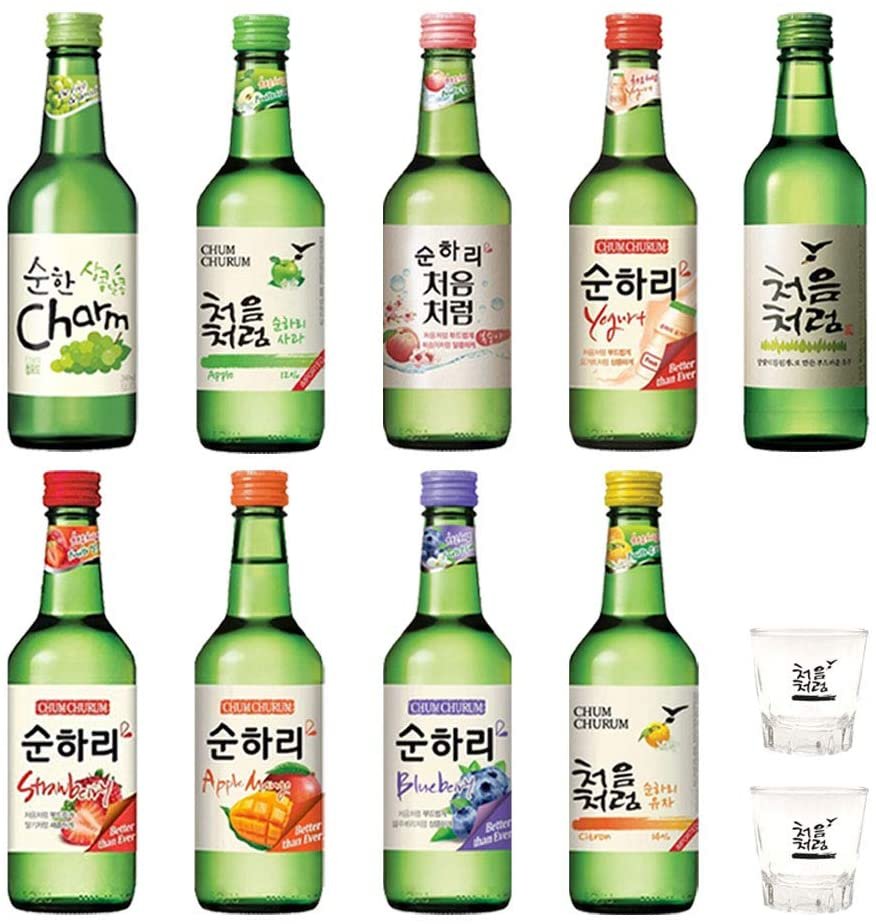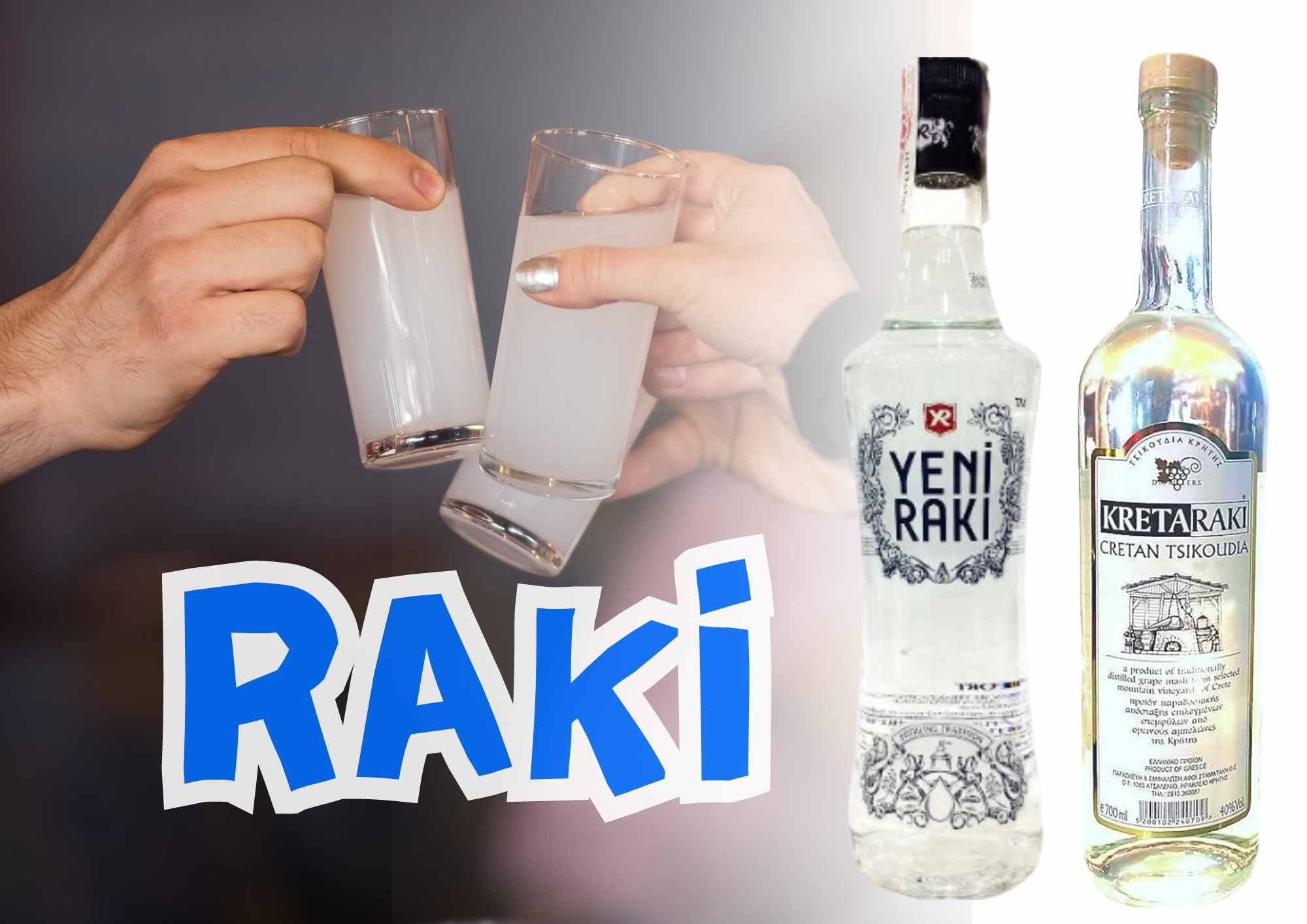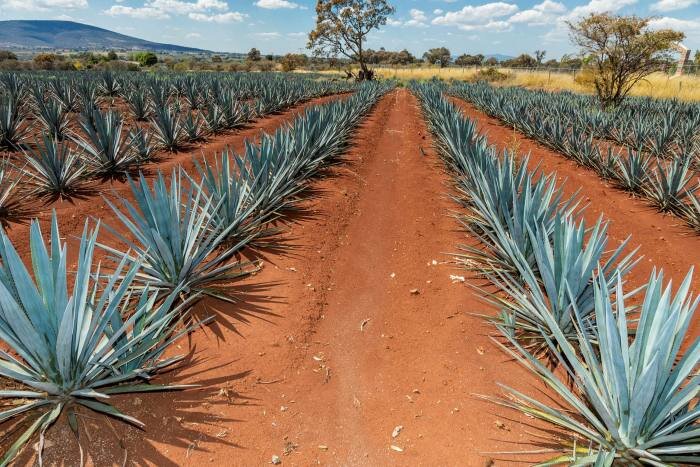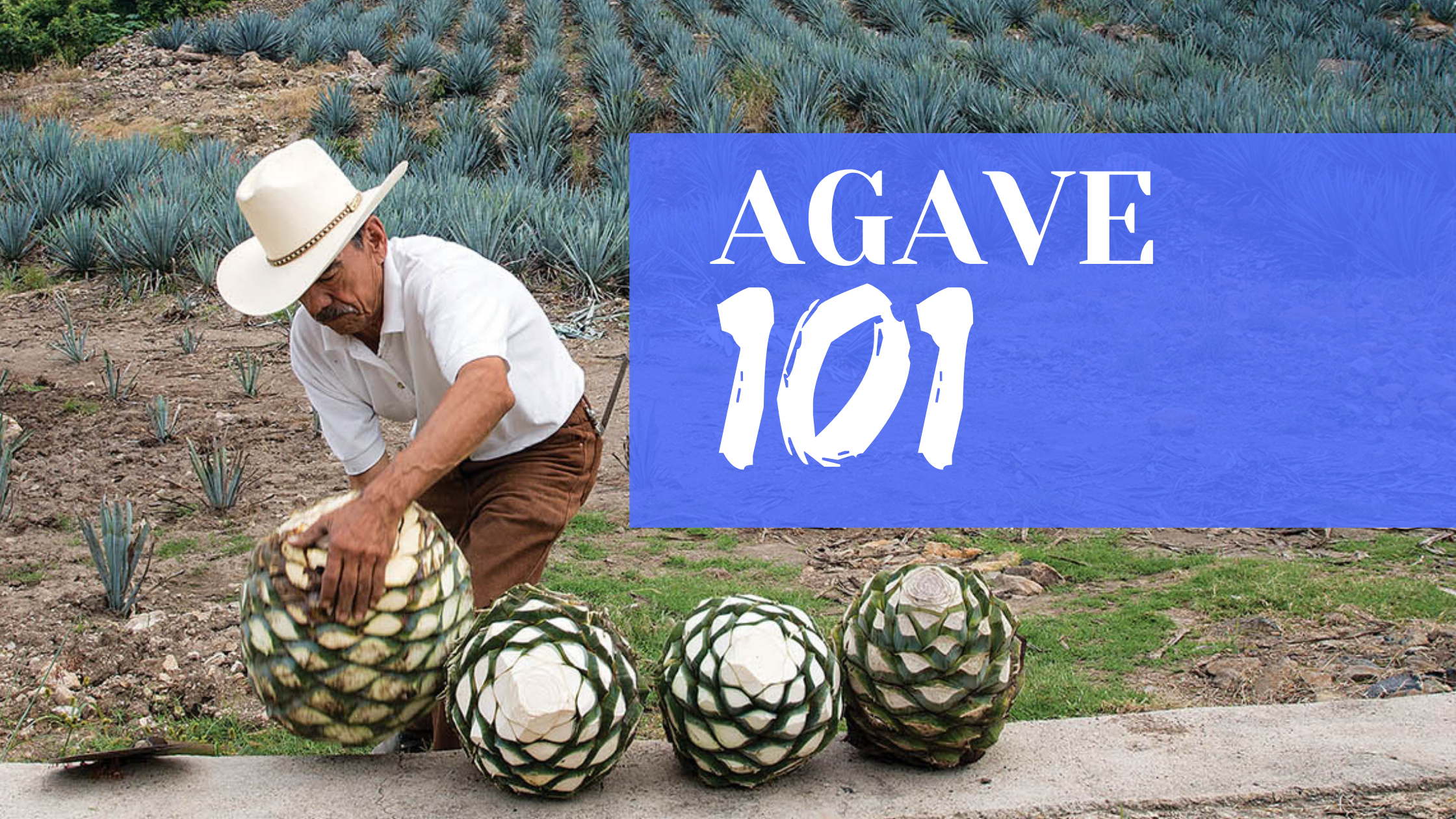What Is Soju? The world's most popular alcoholic drink
A complete westerners guide to what is Soju, the world’s most popular alcoholic drink you might not know about if you haven’t been to South Korea or east Asia.
Soju, sound familiar? Drunk much of it? Don’t worry if not, you’re not alone. Although Soju is indeed the world's most popular alcoholic drink, most of us in the western world still have no idea what is Soju.
Strange, considering that here in the UK we are considered to be quite big drinkers, and when it comes to booze hailing from other countries, we just can't get enough - Beer from Germany, wine from France, Vodka from Poland, Rum from the Caribbean, Tequila from Mexico, Bourbon from America, the list goes on and on, you get the point, and yet the world's most popular drink, we in the UK barely know about it.
Along with this article, I’ve also released a market report on Soju. If you love numbers, data, and all things business, check that out for an interesting read on just why and how Soju has dominated the world and why we in the western world still don’t know much about it.
But for this guide, my focus is purely on what Soju is. That way once it dominates the western world the way it has eastern Asia, you’ll be fully aware of what's going on.
What is Soju
Soju (literally translating to “burned liquor”) is a South-Korean made and national drink which has been around for decades. In-fact the leading producer is HiteJinro who dominates the global market of alcoholic drinks and has been around since 1924. But what exactly is Soju?
Soju is a clear, 17-24 percent alcohol by volume spirit from Korea, and is mostly consumed in Korea, Japan, and China. Soju is neutral-tasting like vodka, but doesn’t have the harsh alcohol burn thanks to having around half the percentage of alcohol. Traditionally its made with rice. However the laws and regulations around Soju production is pretty laid back, more than not you will see it made with various grains, starches and sugars.
Although the ABV usually sits around 17-24%. Once again, with the relaxed regulations, this can vary. Jinro for example, use to have its Soju at 34% back in the 1920. But slowly as the market changes so did the product, the Jinco you would have to day is around 16.5% and comes in a range of flavours from plum to grapefruit.
The most basic way to describe Soju to a westerner like myself, is that it’s like vodka but usually made with rice instead of wheat, and instead of being diluted to 40% and recommended mixed, is diluted to 20%, sweetened, and recommended straight.
The core Jinro Soju range.
How to drink Soju
With a lower, more palatable abv and usually found in a range of sweet flavours. Soju can easily be drunk straight or shot as a not so cringe worthy alternative to other spirit shots.
That being said, if you take a classic Soju the versatility is huge, its one of the reasons its so popular because you can drink it however you like. Mix it with soda or tonic, use it in cocktails, drink it over ice, the list goes on and on.
People will often mix Soju with beer, yogurt drinks like yakult and even Soju lattes. Pretty much any white spirit or liqueur can be replaced with Soju. Soju paloma’s, Soju mojitos and Soju martinis, the variations are endless.
I myself made a Soju cocktail inspired by Squid Game called the ‘Dalgona’ with Soju, coffee, cream and honeycomb. Garnished with a Korean Dalgona. Check that out here.
How to traditionally drink Soju
Traditionally, Soju would be drunk alongside food and consumed neat.
Modern day serves
Today, Soju is still drunk neat but with less emphasis on food pairings and more about good times, it's usually drunk with a group of people, downing the first shot then sipping the rest of the bottle till completion.
Cocktails are usually seen pairing soju with fruit forward flavoured, hence the kickstart of fruit infused Soju. Much the same as the rise of fruit infused vodka, gin and every other spirit.
There is also a popular serve called somaek. Which consists of dropping a shot of Soju in a pint of beer. I suppose you could call that the Korean Jagerbomb?
Soju being served: image source.
A brief History of Soju
14th Century:
Soju is thought to of originated when Mongol invaders led by Genghis Khan introduced the Levantine distilling technique from Arabia to the Korean Peninsula.
Korean alchemists began trading with Arab tribes and further developed their distilling technique. Over time, Koreans began perfecting their own type of hard liquor by distilling soju from rice and other grains.
1905 – 1945:
During the Japanese Colonial period, the Japanese cracked down hard on Korean alcohol producers through taxes and other means, almost exterminating the industry. Korean liquor makers converted to making a hybrid makgeolli-sake product using Japanese Koji mold instead of Korean nuruk.
Korean Nuruk. image source.
1924:
JINRO soju was born with the establishment of Jincheon Liquor Company. The name JINRO was created by combining ‘Jin’, a letter which means ‘real’ and also part of the name of its production site, and ‘Ro’, meaning dew, in reference to the alcohol forming dewy drops during the distilling process. Five decades after its inception, JINRO soju became the country’s best-selling soju accounting for the biggest market share
Jinro 1924. image source.
1965:
diluted soju came about. At the time, rice production couldn’t keep up with demand. Meaning spirits from rice became a frivolous decadence to a government focused on building South Korea into a modern economy. Companies created diluted soju as an easier, cheaper alternative. Soju suddenly became cheaper. Makgeolli at the time wasn’t great, especially the stuff made from wheat and caustic chemicals because of the rice restrictions. The new diluted soju boasted lower alcohol than traditional distilled soju. Thus one could continue to drink into the evening without getting sick as quickly. Suddenly, it dominated the market.
2000s:
For the first time ever, soju was losing ground in South Korea to foreign imports, mainly beer and wine. Then soju producers realized they had been neglecting a major demographic–women. They developed lower alcohol, sweeter, and even lower calorie soju to attract women. In 2015, they cracked the code: fruit flavoured soju. This easy drinking low alcohol beverage became a hit with women and young adults.
Why is Soju so expensive in the UK
The reason Soju is so expensive in the UK is largely due to demand and export. Demand for Soju in the UK is low, which doesn’t warrant a high export of the Korean national spirit. Meaning the little that we do get exported to the UK, usually is sold more expensive.
Where can I buy Soju in the UK?
Jinro Chamisul Soju Duo pack - Classic 350ml alc 20.1% and Fresh 350ml 16.9% alc - £19.79
Variety flavoured Lotte Chum Churum Soju 6 pack - £55
Lotte Chum Churum Soju - Apple Mango Flavour 360ml 12% 2-pack - £19.99
Lotte Chum Churum Soju - Blueberry Flavour 360ml 12% Alc./Vol (Pack of 2) - £19.99
Jinro Strawberry Flavour Soju 360ml 13% Alc./Vol(Pack of 2) - £19
Soju Frequently Asked Questions
can you get drunk on one bottle of soju?
You can get drunk from a single bottle of Soju depending on the type you get, and your own tolerance to alcohol. Soju typically 17-24 percent alcohol by volume. Plenty to feel the intoxicating effects.
what drink is soju?
Soju is it’s own drink. It’s similar to wine in many ways but is made from rice, much like Sake. But it’s also distilled much like vodka but lower ABV.
soju alcohol percentage?
Soju alcohol percentage is between 17-24 percent alcohol by volume (ABV).
what is soju made from?
Soju is made from Rice.
what does soju mean?
The translation of the word Soju means burned liquor.
what is jinro?
Jinro is the company name of the most popular selling Soju.
What does Soju taste like?
Soju tastes clean and neutral like Vodka, but is less alcoholic and slightly sweet. You can also get flavored Soju which taste like whatever they are flavored with. Such as Strawberry Soju.
Should you drink Soju by itself?
Traditionally soju is drank neat but can be mixed in cocktails or served in a highball with soda water or lemonade.
More Spirit Guides
Smartblend is a participant in the Amazon Services LLC Associates Program, an affiliate advertising program designed to provide a means for sites to earn advertising fees by advertising and linking to amazon.co.uk and amazon.com. Smartblend does earn a small commission on goods purchased through the included links. Don't worry, it doesn't cost you any more, but we do appreciate your referral!
Hi, I’m Cameron, guv’nor of Smartblend and your guide to spirits of the world. If you’ve enjoyed this guide on Soju, then the below articles may just be of interest to you.





